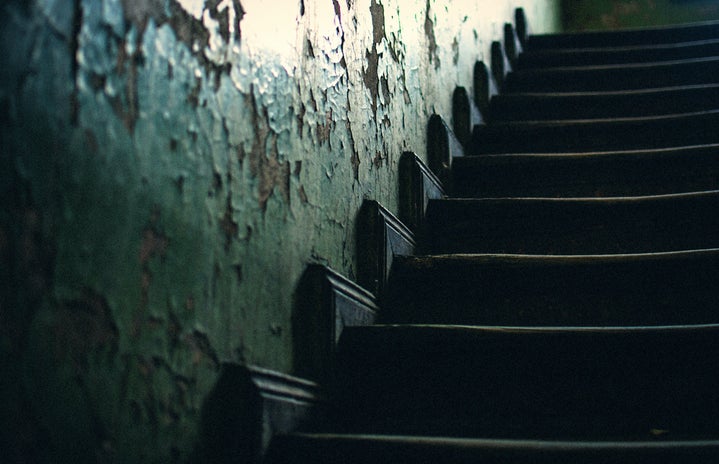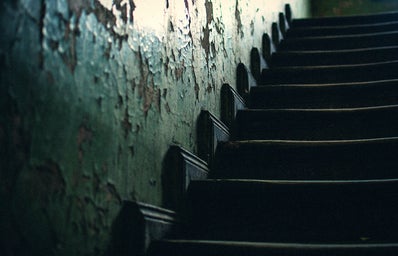Deepfakes are videos or images that manipulate what people appear to do or say to create convincing evidence of something that never happened. It uses a generative adversarial network, GAN, which uses deep machine learning technology to imitate a picture. It has two main components: one is a generator that creates the synthetic image, which is added to real images, the other is a discriminator that will synchronise the images after repeating the process several times. This process requires high-end technology and expertise to complete the videos. But the technology will only be simplified until it is a filter available on any smartphone.
Fake videos disproportionately affect women. A report by Deeptrace, which aims to detect deepfakes, found 14,678 videos online, 96% were pornographic, 100% of the videos featured women.
So, what is being done to fight this?
The nature of the technology makes it hard to pin down. Facebook and Google have created and shared their own deepfake audio and video to train AI-based deepfake detection tools. But GANs work by testing how real deepfakes look and perfecting them. This makes it hard to get ahead of them. As the AI needs to train on huge amounts of data, they are mainly effective for celebrities, due to large amounts of available footage.
In 2018, as soon as research was released noting deepfakes rarely blink, as they are made from still photos, creators had fixed this and deepfakes appeared with blinking.
Another method would be to authenticate real images. This would involve creating a ‘digital fingerprint’ that includes information of where the image was made and when. Discrepancies with the synthetic image would reveal it’s fake. But this relies on finding the real footage to prove it.
Texas and California have legislated against deepfakes, but only for use that interferes with elections. Virginia has legislated against making non-consensual pornography from deepfake technology.
In Britain, the law differs between Scotland and England. In Scotland, revenge porn law includes a photo or film which appears to show another persona in an intimate situation. But in England, the law excludes images created by altering an existing image.
Deepfakes can be used for good. They have been used to restore people’s voices after losing them to disease. The Dalí museum used a deepfake of the painter for their ‘Dali lives’ exhibition who gave an insight into his art and life. They can be used in dubbing foreign films, to ensure the actor’s speech aligns with how their mouth moves. It could even be used to bring dead actors and musicians back to life to create another (artificial) performance.
This technology could have amazing consequences and uses if used correctly. Until the technology fighting against it catches up, the law needs to change to protect truth and democracy.



